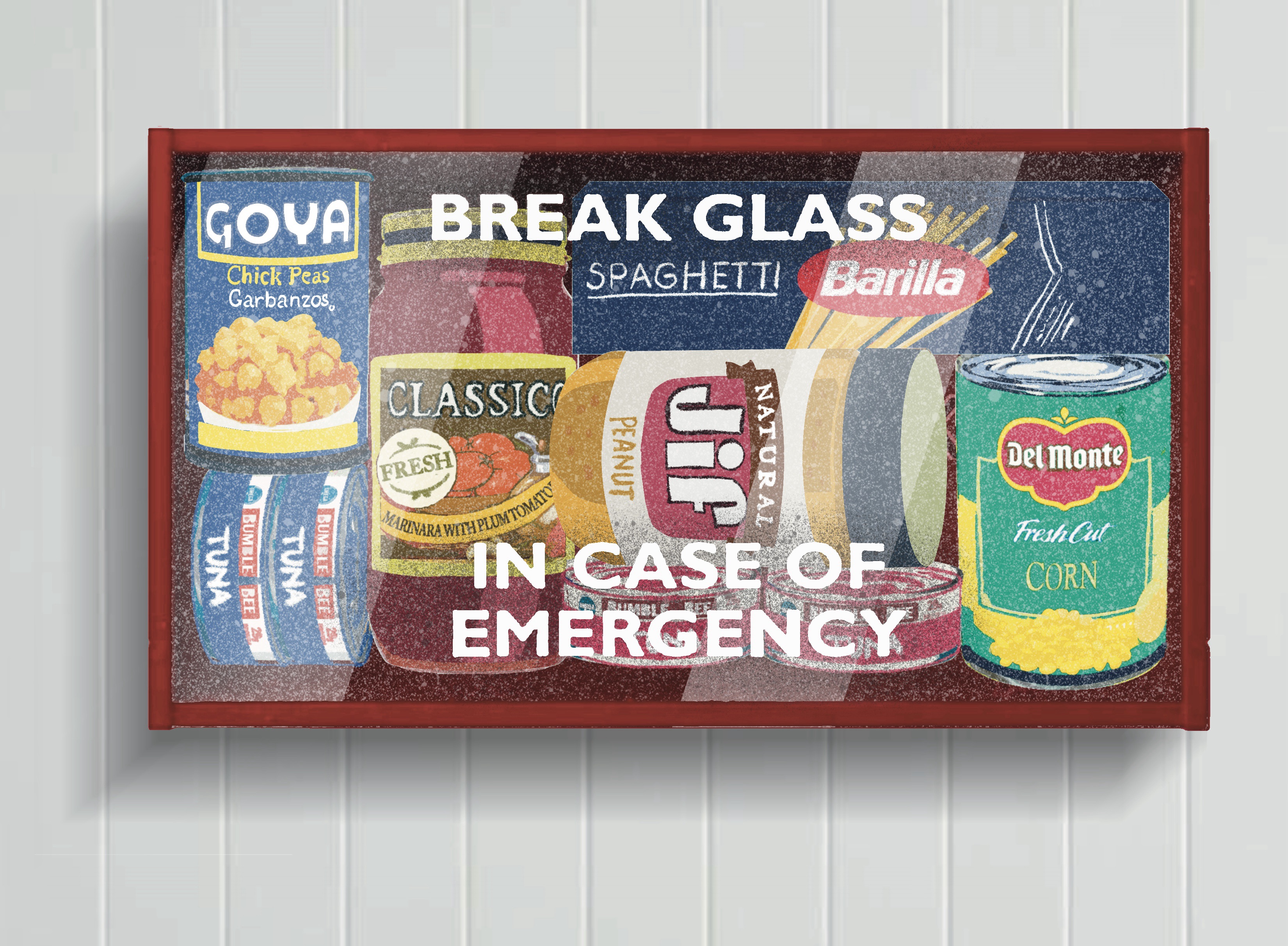I come from a long line of women born and bred for city life—“ladies who lunch” is what they call us. A suburban homeschooling mom, I had a typical middle-class American lifestyle, and I had never really given any thought to being prepared for an emergency bigger than a quick trip to the ER.
Then in early 2009, the Great Recession put our family construction business in peril. I realized that I needed to return to some of the frugal habits of my great-grandmother.










